You are here
These daily descriptions are intended to provide a description of a typical six-day Middle Fork rafting trip. Trip length, campsite selection, and group itineraries will vary.
For more general information about the Middle Fork check out this Adventure Overview of the river.
Day 3 - Canyon Description
For most of its 98-mile length, the Middle Fork flows generally north. Between Pungo Canyon (mile 28) and the Thomas Creek Ranger Station (mile 35), however, the river makes several wild swings between the north and south points of the compass. Marble Creek Camp is located at the apex of one of these 180-degree turns, just before the canyon swings due south through a short canyon. A rugged cliff towers over the river about a half-mile below camp and marks one of the narrowest spots in the canyon at Ski Jump Rapid.
Most groups are easily enticed to take a soak at Sunflower hot springs, which seeps out of a bedrock outcrop 30 feet above the river. An improvised wooden spout sends a stream of hot water cascading off the edge into relaxing riverside shower.
The canyon opens as the river passes beneath the bridge at the Middle Fork Lodge and makes another big swing back to the northeast at the mouth of Thomas Creek. Daily gauge heights are taken from the base of the bridge. The large flat river terraces along this stretch offered early settlers a foothold in the vast wilderness. The early mining cabins on the bench upstream of Thomas Creek changed hands several times and were eventually developed into the modern Middle Fork Lodge now seen from the river. Downstream, the Little Creek Guard Station and cabins at Hood Ranch are nice stops for floaters interested in the early settlement of the river corridor.
From Thomas Creek to the evening’s camp at White Creek, the river returns to its typical northeasterly course. At these lower elevations, the sunnier exposures along the left bank are devoid of trees. Instead, long sweeping slopes of grass and sage climb for thousands of feet above the river. The more northerly exposures along the right bank have been extensively burned by two different wildfires in 1979 and 2007. The underlying geology of this 10-mile stretch is an easily erodible pink granite called the Casto pluton, which tends to crumble instead of forming imposing cliff walls. As a result, this middle section of the Middle Fork has a much more open and spacious feel.
The two disparate ages of wildfire along this stretch offer an interesting natural history lesson on the effects of and recovery from wildfire. As rafters float past the Middle Fork Lodge, they look directly at the 1979 burn on the steep face of Scarface Mountain. This face was once heavily forested. Though some trees are coming back on the most shaded aspects, most of the old forest has been replaced by a thicket of colorful shrubs and grasses. Does this recovery indicate new ecology driven by a warming climate that does not support the same extent of evergreen forests? Further downstream, the dead skeletons of large Douglas fir trees are the only indication of the 2007 burn. The grass and sage recovers quickly, and within a year or two it is hard to recognize the fire scars.
This open landscape changes dramatically from spring to fall. During high water, the slopes are awash in spring green, often highlighted with stunning yellow blooms of arrowleaf balsamroot. As the summer heat dries the landscape, it takes on a monotone ochre yellow color. With little shade and few rapids, it can feel oppressively hot during the slow moving water of August.
Day 3 - Whitewater Description
Day 3 is the calmest stretch of river on the Middle Fork. The last significant rapids before leading into the calmer middle canyon are also the first of the day. Marble Creek Rapid (mile 32.5) lies immediately below camp and is formed by a long bedrock ledge. It evolves from big standing waves during high water (and great kayak surfing) to a run along the left bank that avoids steep and nasty keeper hole at moderate to lower flows. Downstream, the constriction rapid at Ski Jump (mile 33) is one of the most powerful and violent places during extreme flows (above 8 feet). At low water, it is an easy and narrow chute along the left side of a huge mid-stream boulder.
Jackass Rapid (mile 38) packs a punch with a mid-river hole at high water, but it requires a hard pull to the right to avoid a jagged bedrock ledge at low flows. Pine Flat (mile 43.6) is an easy Class II and offers a fun kayak ender hole at all flows. The deep pools in the short canyon immediately below offer one of the few good swimming spots during the day.
Several additional low-water rapids exist, and all are straightforward read and run. They do provide reference along a stretch of the river than can be a little disorienting in its relative sameness.
Previous Day – Middle Fork of the Salmon River Day – 2
Next Day – Middle Fork of the Salmon River – Day 4
Reference: All content excerpted from The Middle Fork of the Salmon River – A Comprehensive Guide by Idaho River Publications.
Logistics + Planning
Current Weather: Powered by Dark Sky







Preferable season(s)
Parking Pass
Pros
Cons
Put-in location (lat, long coordinates)
Take-out location (lat, long coordinates)
Recommended maximum flow
Recommended minimum flow
Features
Overall difficulty
Route Characteristics: Character
Suitable for
Nearby Adventures
Nearby Lodging + Camping
Our mission is to inspire adventure with beautiful, comprehensive and waterproof map-based guidebooks. Owner, publisher, and photographer Matt Leidecker, grew up exploring and guiding on the rivers in central Idaho. His award winning Middle Fork of the Salmon River – A Comprehensive Guide is the standard by which other river guidebooks are measured. Printed on virtually indestructible YUPO paper, IRP guides are truly unique all-in-one resources for adventure. Each book is loaded with full-color maps, stunning photographs, and information on the history, geology, and wildflowers. Visit Idaho River Publications to explore our guidebooks to the Rogue River in Oregon and the mountains of Central Idaho.















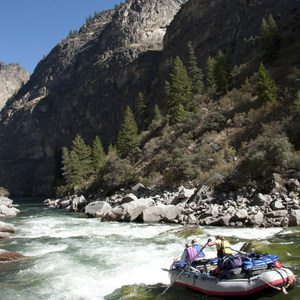
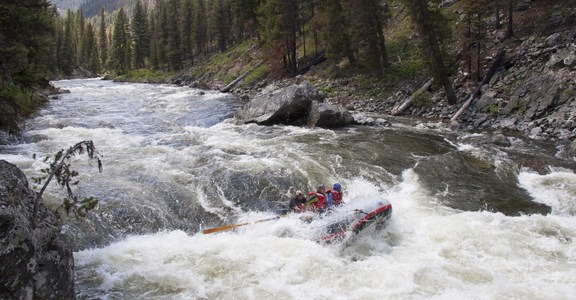
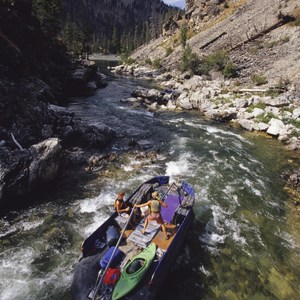
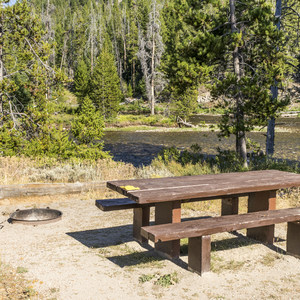
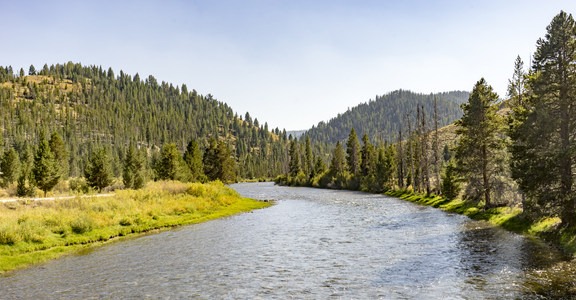
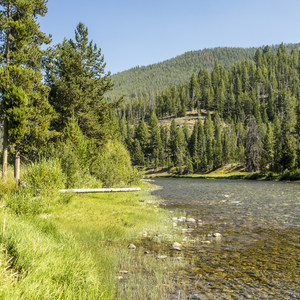

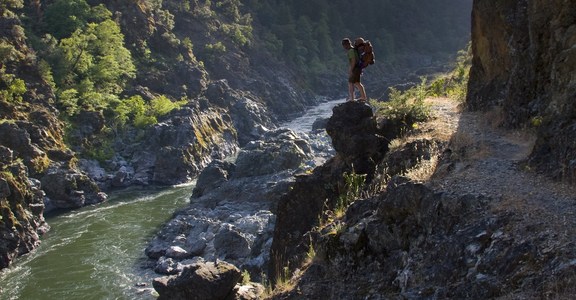
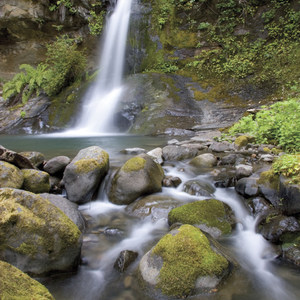
Comments
Sign In and share them.